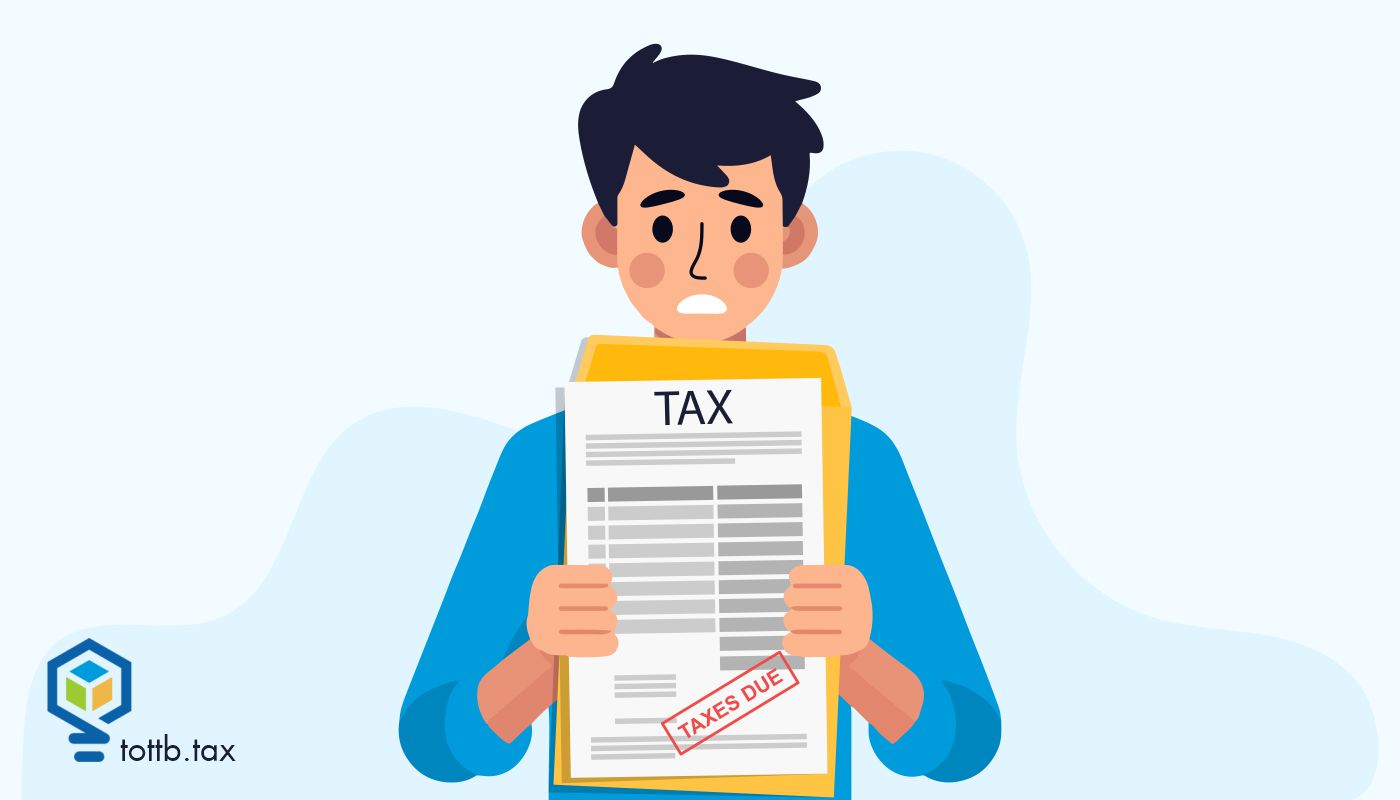CURRENT EDITION

This Is The Only Other Year-End Tax Tip Guide You Need
So as I did last year, I have reviewed a multitude of year-end tax tips articles. One of them is a real standout that you should be sure to check out. If you missed it, you should definitely roll back to the November 15 edition and go over Dominique Molina’s piece, which focuses on what you need to do sooner rather than later in response to OBBBA. It provides more detailed, relevant, actionable advice that you won’t see anywhere else than any of the multitude of pieces I have reviewed. As for the rest, I will give you a basic rundown of what I call the SOSO (same old, same old) and a few suggestions that stand out as different that I will get into a little more along with some thoughts of my own.
READ MOREThe Corporate Vault: How to Use a C Corporation to Stockpile Cash for the Future
When most people think about saving for the future, their minds jump to retirement accounts—401(k)s, IRAs, maybe even defined benefit plans. But business owners have another option that often goes overlooked: using a C corporation as a strategic savings vehicle. By leveraging the flat 21% corporate tax rate, smart income shifting, and careful timing of distributions, business owners can “stockpile” cash inside a corporation, building wealth for future use without the red tape of traditional retirement plans. Want to see how top tax strategists legally use C corporations as private retirement vaults while avoiding double taxation and IRS scrutiny? Continue reading to learn the blueprint.
Read MoreWhen TikTok Tax Hacks Backfire: Helping Clients Misled by Social Media Scams
Jessica, a self-employed consultant, was thrilled when she found a viral TikTok video promising a “little-known” tax trick. The video claimed she could get a huge refund by claiming a special Fuel Tax Credit and even writing off her family’s beach vacation as a business expense. Following the advice, Jessica filed an amended tax return and waited eagerly for a windfall. A few months later, instead of a refund check, Jessica received a stern IRS notice. Her so-called credits were disallowed, her refund was denied, and she now faced penalties. Jessica isn’t alone. Every tax season, well-intentioned taxpayers get lured by false tax advice on social media, only to end up in trouble. As tax professionals, we often meet panicked clients like Jessica who need our help to untangle the mess.
Read MoreTAX COURT ROUNDUP – December 2025
An updated website launches, the economic substance codification is applied, Loper Bright Entrprs. marches on but hits the statute, and the syndicated conservation easement flood continues, as Tax Court pushes through the government shutdown. The biennial examination for non-attorney admission to Tax Court took place as scheduled.
Read MoreLessons Learned from the Tax Court: The Root of the Issue
When is a business really a business? As Supreme Court Justice Potter Stewart said in 1964, “I know it when I see it.” The US Tax Court, however, maintains a slightly less subjective standard. The Roots were pretty sure they were running a bona fide business; the IRS, however, didn’t share the sentiment. And since we’re reading about them in a segment called “Lessons Learned,” one should assume it did not go the way the Roots would have liked.
Read MoreThe Lessons From The Supreme Court Zuch Opinion
There is a great scene in the movie On The Basis Of Sex. The actors portraying Ruth Bader Ginsburg and her husband, Martin Ginsberg, a very high-level tax attorney, early in their careers are reading in separate rooms. He comes in with something he wants her to read and she snaps that she doesn’t read Tax Court cases. In that moment she showed her future as a Supreme Court Justice. Not many Tax Court cases reach the Supreme Court. So when one does it’s exciting. And, as it happens, Commissioner of Internal Revenue v Zuch contains some practical lessons worth considering.
Read MoreFractional Art Investing Is Real — How To Advise Your Clients On The Tax Consequences
In mid-November a portrait of a young Vietnamese woman by the artist Gustav Klimt, which was part of the estate of the late Leonard Lauder (the cosmetics billionaire), was sold at a Sotheby’s auction for $236.4 million. It set the record for the most expensive work of modern art ever sold at auction according to Bloomberg. That’s probably out of reach for most of our clients. But what if they could join together to buy an interest in the painting with an entity holding the asset? That’s the idea behind the burgeoning fractional art market. While, in general, the art market has been struggling for a few years, the fractional art market has been expanding. According to the website Digital Original, “Fractional art ownership is no longer a niche concept – it’s a growing investment trend that’s accessible, flexible, and supported by cutting-edge technology.” What, you may be asking, does this have to do with taxes? It may be more than you think for your high-net-worth clients. As a trusted advisor it’s important that you are aware of both the types of investment opportunities your clients may be buying into and the tax consequences.
Read MoreHow to Build a Better Client List (and Why It Matters More Than You Think)
You’ve got a packed calendar, a nonstop inbox, and maybe even a waitlist. But if your client list feels more like a burden than a blessing, you’re not alone. Many tax professionals find themselves weighed down by clients who are difficult, unprofitable, or simply not a good fit. What if the secret to a more profitable and fulfilling practice wasn’t more clients—but better ones? In this article, we will explore a simple, strategic framework to reshape your client base—one that leads to higher revenue, fewer headaches, and greater job satisfaction. From identifying red flags to implementing screening tools and disengaging with misaligned clients, these steps can help you build a practice you actually enjoy.
Read MoreEffortlessly Convert Leads: How AI Bots Can Handle FAQs and Drive Appointments for Accountants
AI technology, particularly in customer service automation, is now more accessible than ever. AI-powered bots are a powerful tool for businesses, including accounting firms, empowering them to improve efficiency, enhance client engagement, and ultimately drive conversions. For accountants, AI bots provide a unique opportunity to take control of frequently asked questions (FAQs) from prospects, turning these interactions into booked appointments. In this article, I will discuss how you can leverage the power of AI bots to efficiently handle FAQs and convert prospects into clients, all while saving precious time and resources. By the end of this article, you’ll have the knowledge to set up an AI bot that resonates with your prospects, builds trust, and seamlessly guides conversations toward scheduled appointments, allowing you to focus on higher-value tasks.
Read MoreNOT A MEMBER YET?

SUBSCRIBE TO GET ALL OF OUR
GREAT ARTICLES AND RESOURCES!
CURRENT EDITION

This Is The Only Other Year-End Tax Tip Guide You Need
So as I did last year, I have reviewed a multitude of year-end tax tips articles. One of them is a real standout that you should be sure to check out. If you missed it, you should definitely roll back to the November 15 edition and go over Dominique Molina’s piece, which focuses on what you need to do sooner rather than later in response to OBBBA. It provides more detailed, relevant, actionable advice that you won’t see anywhere else than any of the multitude of pieces I have reviewed. As for the rest, I will give you a basic rundown of what I call the SOSO (same old, same old) and a few suggestions that stand out as different that I will get into a little more along with some thoughts of my own.

The Corporate Vault: How to Use a C Corporation to Stockpile Cash for the Future
When most people think about saving for the future, their minds jump to retirement accounts—401(k)s, IRAs, maybe even defined benefit plans. But business owners have another option that often goes overlooked: using a C corporation as a strategic savings vehicle. By leveraging the flat 21% corporate tax rate, smart income shifting, and careful timing of distributions, business owners can “stockpile” cash inside a corporation, building wealth for future use without the red tape of traditional retirement plans. Want to see how top tax strategists legally use C corporations as private retirement vaults while avoiding double taxation and IRS scrutiny? Continue reading to learn the blueprint.

When TikTok Tax Hacks Backfire: Helping Clients Misled by Social Media Scams
Jessica, a self-employed consultant, was thrilled when she found a viral TikTok video promising a “little-known” tax trick. The video claimed she could get a huge refund by claiming a special Fuel Tax Credit and even writing off her family’s beach vacation as a business expense. Following the advice, Jessica filed an amended tax return and waited eagerly for a windfall. A few months later, instead of a refund check, Jessica received a stern IRS notice. Her so-called credits were disallowed, her refund was denied, and she now faced penalties. Jessica isn’t alone. Every tax season, well-intentioned taxpayers get lured by false tax advice on social media, only to end up in trouble. As tax professionals, we often meet panicked clients like Jessica who need our help to untangle the mess.







